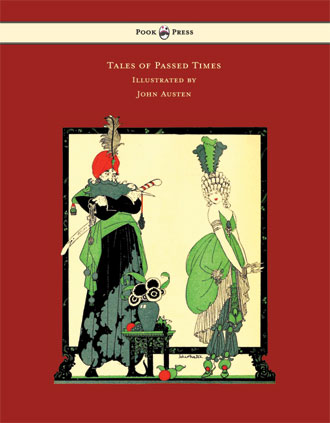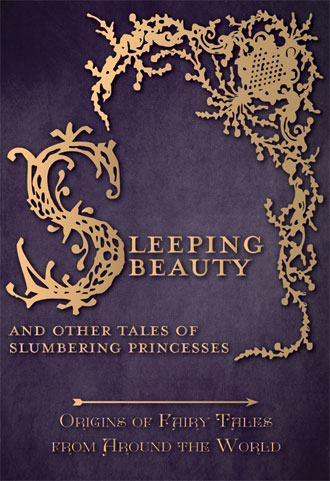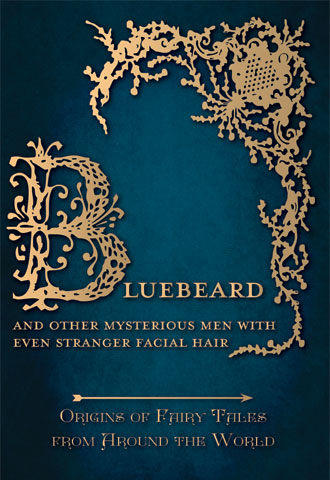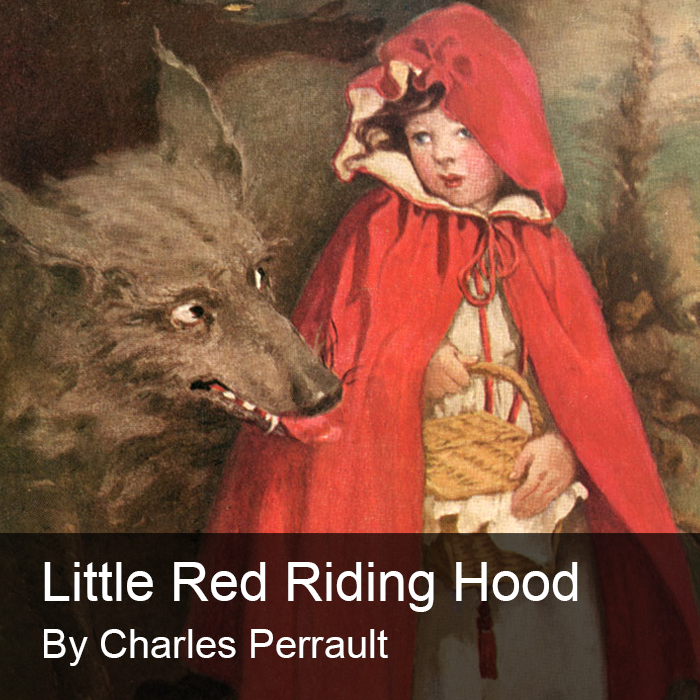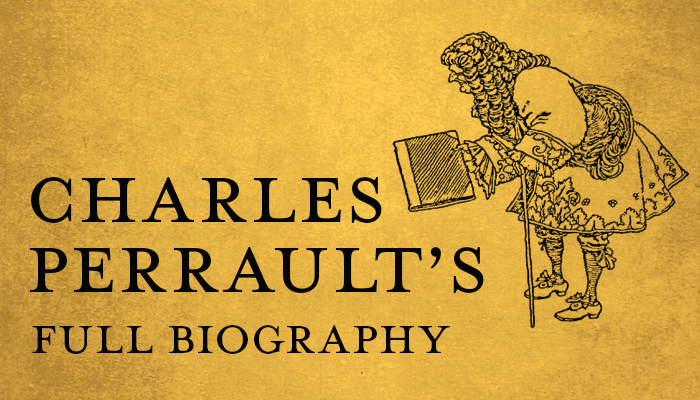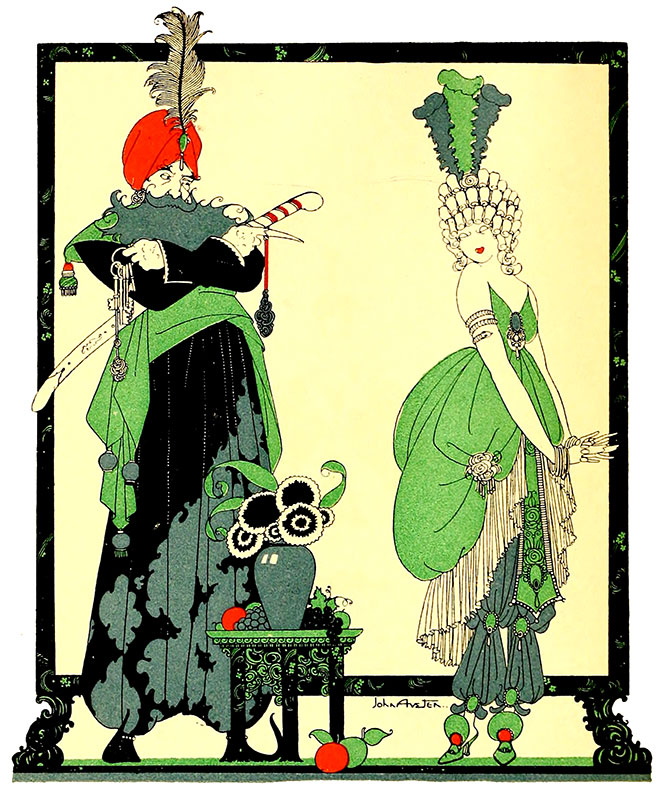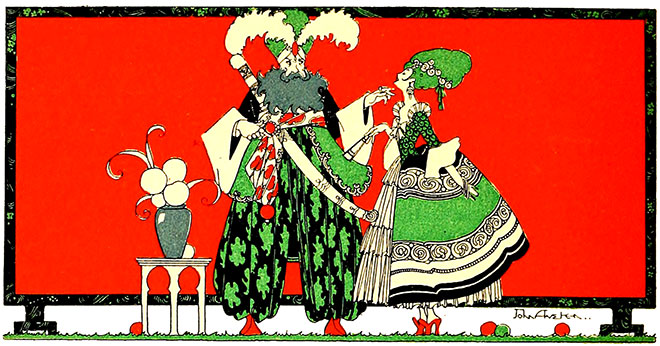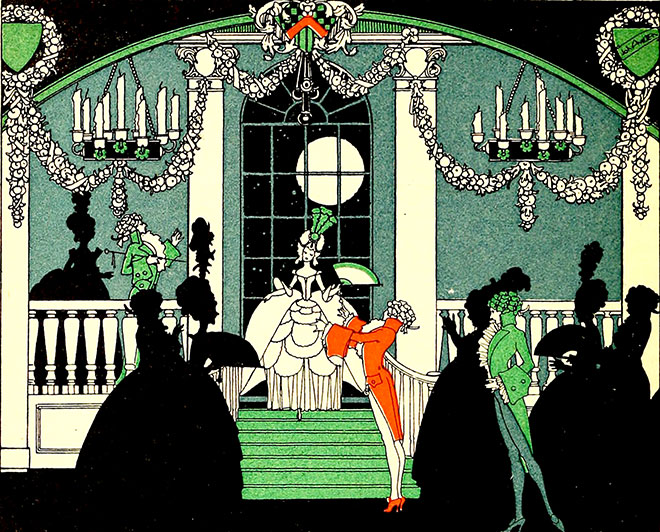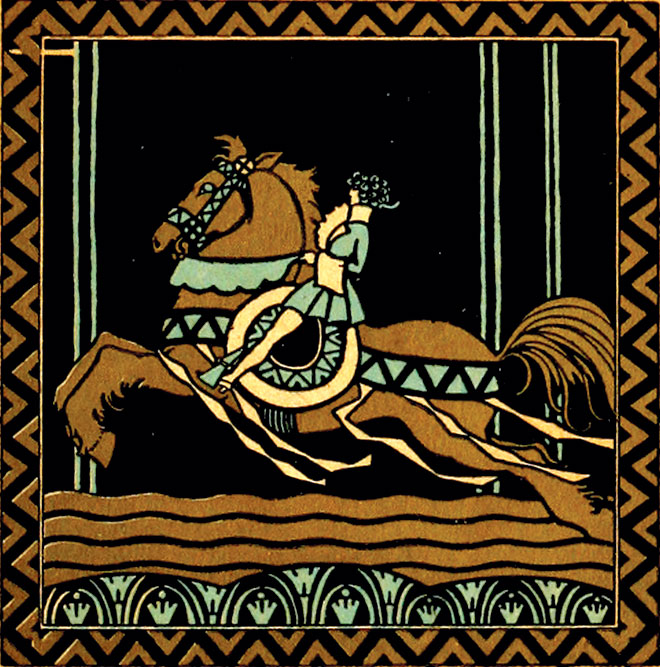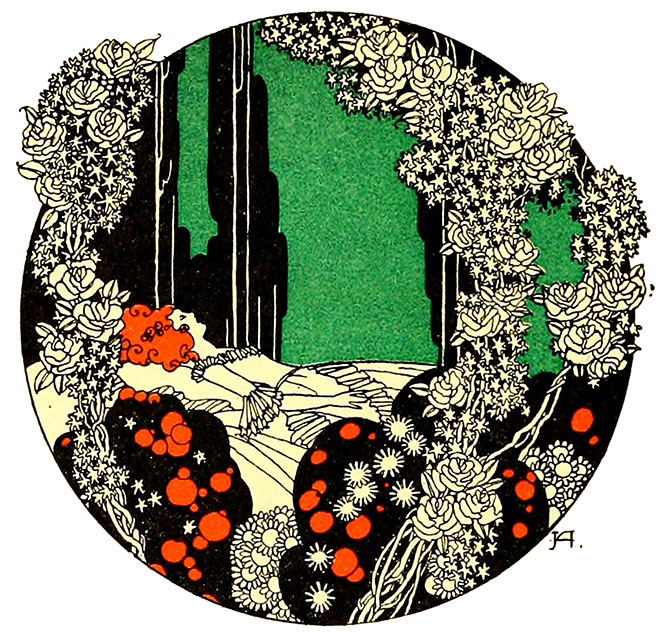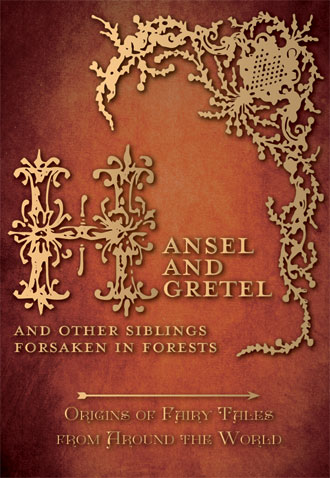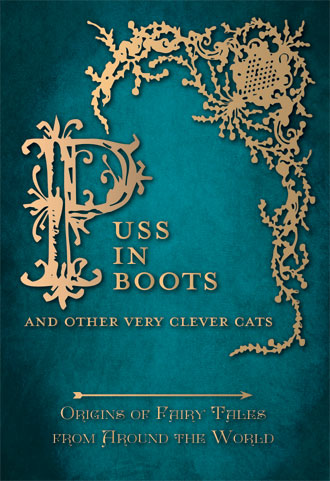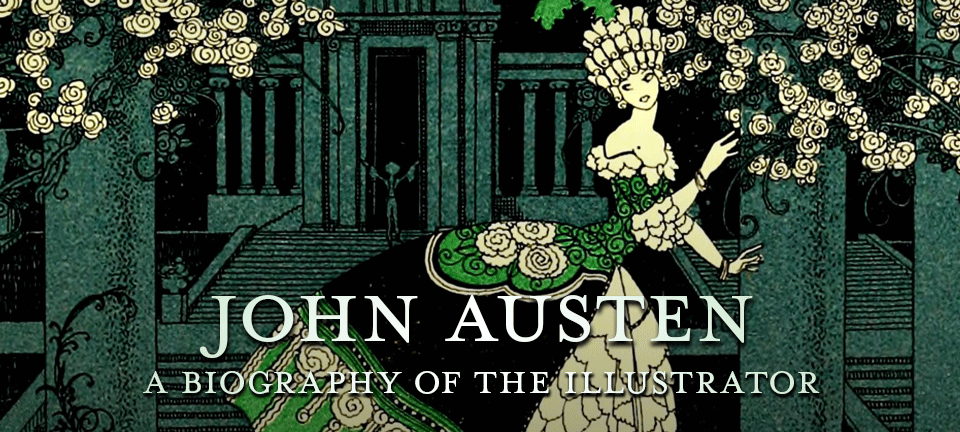
John Austen Biography
John Archibald Austen was born on 5th January 1886, in Hythe, Kent, England.
His father was a carpenter, and after completing his early education, Austen also trained in the family business. Despite this instruction, Austen was never dedicated to carpentry (although he did make great use of woodcuts in his later artistic career), and left for London in 1906. Here, Austen attended life drawing classes and joined various dramatic societies.
Dedicating his full energies towards bohemian living and art, Austen quickly became a renowned illustrator. He exhibited with the Royal Society of British Artists, and became an associate, and thereafter a member, in 1921. Things moved quickly for the young gentleman, and in 1919, Austen married Ruby ‘Tommy’ Thomson, who from that point onwards was to serve as his chief inspiration and model. He was employed by the Penny Illustrated Paper around this time too; one of the largest illustrated newspapers in the U.K.
SELECTED BOOKS
Austen’s early works, including illustrations for R. H. Keen’s The Little Ape (1921), and a fine edition of Shakespeare’s Hamlet (1922), were heavily influenced by the work of Aubrey Beardsley. These illustrations resulted from a great admiration for the Japanese style of woodcuts, a dedication to ‘line’ and a thorough appreciation of ‘flowing’ forms.
After 1925 however, Austen’s style changed, and he became part of the Art Deco movement. ‘Art Deco’ was enormously influential in the years following the First World War (originating in France), but flourished internationally in the 1920s, 30s, and 40s. It was characterised by rich colours, bold geometric shapes and lavish ornamentation – Austen’s work being no exception.
Austen’s Art Deco illustrations include his work for Daphnis and Chloe (the only known work of the second century CE Greek novelist and romancer, Longus) – which was published in 1925, and another Shakespeare play, As You Like It (1930). A pastoral comedy, As You Like It allowed Austen to develop his lighter and more delicate side. It featured black and white drawings, in the style of European Old Master woodcuts – but was carefully finished with pastel tones and simple washes of colour.
READ STORIES
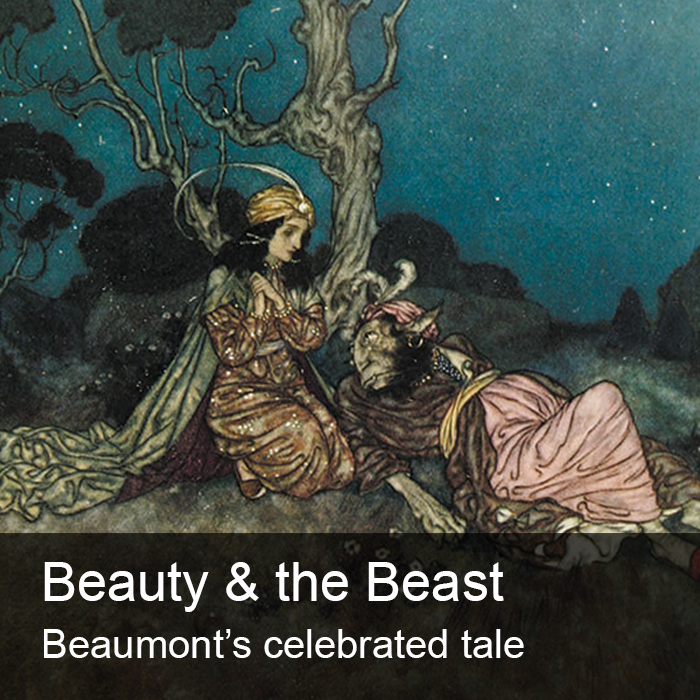
An ever-sociable man, Austen was close personal friends with Alan Odle (a fellow English illustrator and the husband of the novelist Dorothy Richardson), and Harry Clarke (the renowned Irish stained-glass artist and book illustrator). The three men exhibited their artworks together, at St. George’s Gallery in 1925 – with Austen’s recent illustrations for Daphnis and Chloe forming a large part of the show. Odle’s wife, Dorothy Richardson, also wrote a book about Austen – entitled John Austen and the Inseparables (published in 1930) – which further propelled the artists into the spotlight.
Austen was an avid literary fan, and illustrated many fascinating texts. His output was prolific, and some of his better known volumes include: Charles Perrault’s Tales of Passed Times (1922), Lord Byron’s Don Juan (1926), Flaubert’s Madame Bovary, Charles Dickens’s David Copperfield (1935), Aristophane’s play The Frogs (1937), Shakespeare’s Comedy of Errors (1939), and Edmund Spencer’s The Faerie Queen (posthumously published in 1953).
Based in St. John’s Wood in North-West London, Austen used several techniques in his illustrations, including wood-engraving and scraperboard – and changed styles to suit the text he was illustrating. He was also involved in advertising, producing many adverts and several posters.
Following an illness in the early 1930s, Austen returned to Kent, and lived at New Romney, before moving to Petham, and later Wingham. He continued to publish illustrations during this time though, and also taught at the Canterbury and Thanet Schools of Art.
Austen died on 27th October 1948, at his home of Rose Cottage, West Hythe. He was sixty-two years old.

